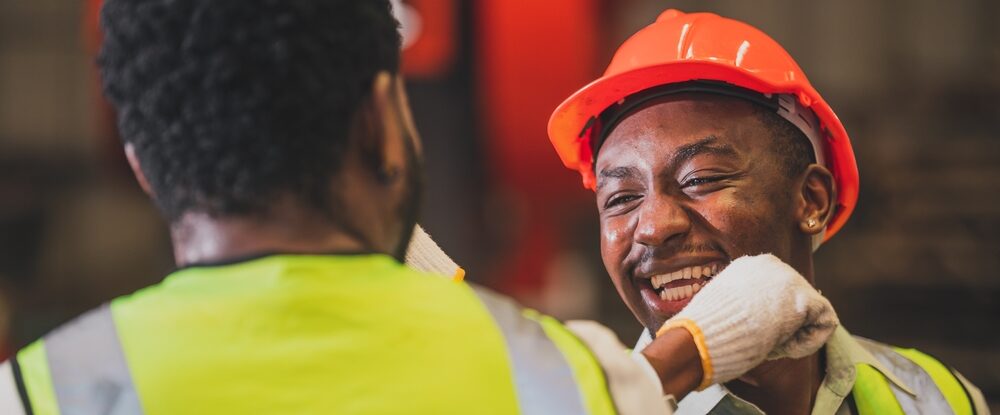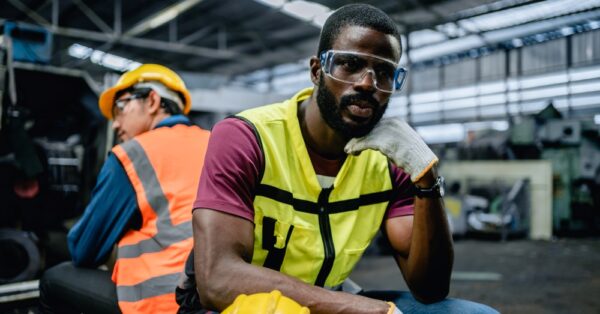Workplace Respect Isn’t Just “Nice”, It’s a Safety Essential in High-Risk Workplaces
Jean Fong2025-03-24T14:19:26-07:00When we talk about physical safety in high-risk industries like manufacturing, construction, or warehousing, we often focus on procedures, PPE, and compliance. But there’s another powerful, and often overlooked, factor that significantly impacts physical safety: a respectful workplace culture.
Respect saves lives.
How Respect Reduces Risk
A workplace where respect is the norm, not just from leaders, but from everyone, reduces employee stress and creates a culture of psychological safety. When employees feel safe from bullying, harassment, and intimidation, they are more able to focus on the task at hand. They’re not walking on eggshells. They’re not distracted by fear.
But in a disrespectful workplace, it’s a different story.
Fear Narrows Focus. That’s Dangerous
A lack of respect creates a culture of fear. And when people operate in fear, their brains shift into a stress response, fight, flight, or freeze. In this state, attention narrows, reaction time slows, and judgment becomes clouded. In high-risk environments, that’s not just a bad day. That’s an injury waiting to happen.
Employees who are stressed and distracted are more likely to miss hazards, make errors, or fail to notice when a co-worker is in danger. And it’s not just about their own safety, they may inadvertently put others at risk as well.
Respect and Safety Are Two Sides of the Same Coin
A culture of respect supports psychological safety, which in turn supports physical safety. It’s a chain reaction, when employees feel valued and secure, they show up more focused, more aware, and more committed to the safety of themselves and their teammates.
And this doesn’t happen by accident. Respectful workplaces are intentionally built through consistent choices, behaviours, and systems.
What Organizations Can Do to Build Respect and Reduce Risk
If you want to improve physical safety, start by strengthening workplace culture. Here are practical steps to help you get there:
- Provide regular bullying and harassment training—and take prompt, meaningful action when incidents occur. Nothing erodes respect faster than inaction.
- Train people leaders in emotional intelligence. Leaders set the tone. They need the skills to manage their own emotions, empathize with others, and respond constructively under pressure.
- Role model respect at the top. Leaders must show what psychologically safe leadership looks like. Be consistent, fair, and kind.
- Train all employees on the basics of respectful workplace behaviour. Don’t assume people know. Teach it. Reinforce it.
- Create a culture where kindness and accountability go hand in hand. Respect doesn’t mean avoiding tough conversations, it means having them with care, honesty, and professionalism.
The Bottom Line
Respectful workplaces don’t just feel better, they are better. Safer. Stronger. More focused. Less stressed.
If your goal is fewer injuries and a safer, more productive workforce, start by asking: What are we doing, every day, to build a culture of respect?
—
Editor’s note: If you would like to receive one-on-one leadership coaching with Steve, contact him today. In addition to this, Steve provides consultations to members on how to create safe and healthy workplaces—physically and mentally— and can offer your team workshops on mental health issues that may be impacting your team.

Written by Dr. Steve Conway | Director of Leadership and Psychological Safety
Originally shared via LinkedIn



